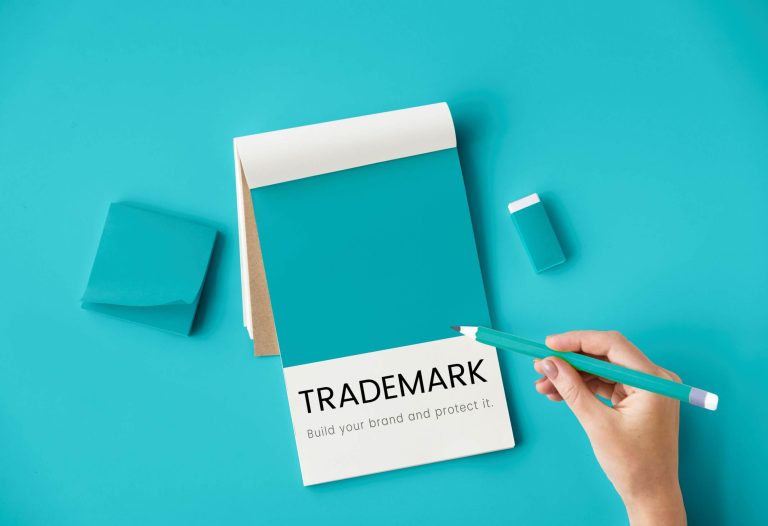Trademarks are an inseparable part of today’s commercial world. They are sometimes considered as identification document for products and services. Under the Iranian laws, “the exclusive right to use a Mark shall belong to the person who registers his Mark”. This principle is reflected in Article 31 of the Patents, Industrial Designs and Trademarks Registration Act of the Islamic Republic of Iran (2008), “PIDTRA”.
As a general legal principle, registration of a trademark is not mandatory for business owners when it comes to production and distribution under a certain trademark. In other words, if a person chooses a trademark for a product and used that trademark, registration of that trademark is not obligatory. However, non-registration of trademark may bring adverse consequences. In addition, this general principle comes certain exceptions.
The Iranian Cabinet concluded a decision in 1949 which is still valid and mandated obligatory registration of trademarks for business categories, as follow:
- Production and sales of specialty medical and veterinary medicines
- Production and sales of packaged foods
- Production and sales of carbonated water and drinks
- Production and sales of cosmetic products that are applied directly on human skin
Article 32 of the PIDTRA provides for trademarks that cannot be registered. These marks are:
- a) If it is not capable of distinguishing the goods or service of one enterprise from those belonging to another enterprise.
- b) If it is contrary to Rules of Sharia, public order or morality.
- c) If it is likely to mislead the public or trade centers, in particular as regards the geographical origin of the goods or services concerned or their nature or characteristics.
- d) If it is identical with, or is an imitation of or contains as an element, an armorial bearing, flag or other emblem, a name or abbreviation or initials of the name of, or official sign or hallmark adopted by, any State, intergovernmental organization created under an international convention, unless authorized by the competent authority of that State or organization.
- e) If it is identical with, or confusingly similar to, or constitutes a translation of, a mark or trade name which is well known in Iran for identical or similar goods or services of another enterprise.
- f) If an identical or similar mark has been registered or become well know for services that are not similar provided that customarily there is a connection between the use of the mark and the owner of the well know mark and that its registration is likely to damage interests of the owner of the well-know mark.
- g) If it is identical with a mark registered in the name of a different proprietor with an earlier filing date or a priority right in respect of the same goods or services or for goods and services that, due to connection or resemblance, is likely to deceive or cause confusion.
The Iranian law has also provided a specific definition of what can be named a “mark”. According to Article 30 of PIDTRA, there are two conditions that form a mark: visibility, ability of that sign to distinguish the goods or services of a person (natural or legal person)
This Article 30 also defines “Collective Marks” and “Trade Names” setting specific conditions for each category.
There are several procedural steps before registration of a mark and these steps must be carefully followed. The registration process happens under supervision of Judiciary and its Centre for Intellectual Property.
We at MSLI have put together some other briefs on trademarks that can be found under our News Digest tab. We strive to provide our clients with accurate guidance on their intellectual property queries and help them with their registration applications as well as any dispute they may have in relation to trademark and patent infringements.


